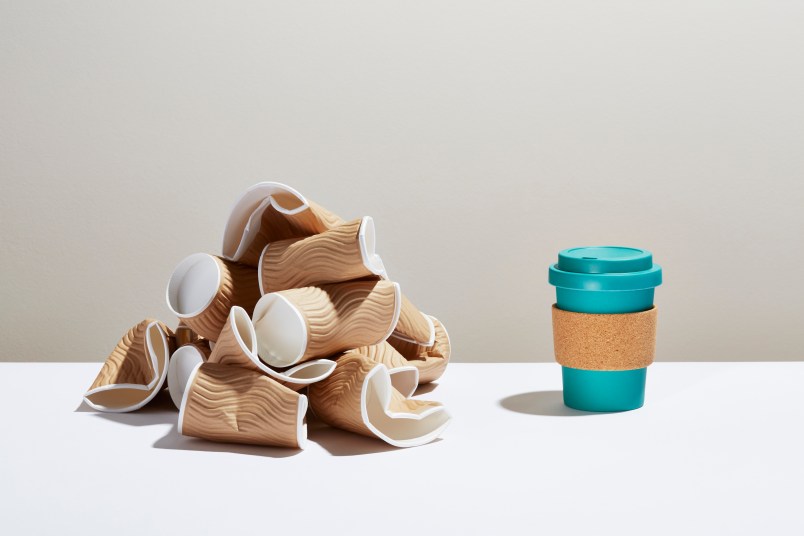4 Ways to Live Greener

Things move quickly in the world of sustainable living, but the benefits of staying across the changes are great. From planning your meals to prevent food waste to replacing all the lights in your home with energy-efficient LED globes, these small changes can go a long way! Here, House and Garden features writer Sarah Pickette lists five simple ways to live greener at home.
Install a solar battery.
Americans are embracing solar power in a big way. And now we’re getting close to seeing household battery systems being installed as a matter of course, allowing households to store energy captured from rooftop photovoltaic panels and keep electricity costs down.
“We’ve reached the tipping point,” says Emlyn Keane, chief executive officer of Evergen, which sells and manages intelligent home-energy systems. “Everyone’s concern with batteries has been the payback time. At this point, based on today’s electricity prices, our system could potentially pay for itself in six years.”
Be mindful about meals.
Food waste is a problem. The USDA states that food waste is estimated at between 30 to 40 percent of the food supply. This estimate, based on estimates from USDA’s Economic Research Service of 31 percent food loss at the retail and consumer levels, corresponded to approximately 133 billion pounds and $161 billion worth of food in 2010.
In 2015, the USDA joined with the U.S. Environmental Protection Agency to set a goal to cut our nation’s food waste by 50 percent by the year 2030.
Light your home better.
Leaps and bounds in LED technology have reduced the amount of energy it takes to light your home. If you don’t already use LEDs, now is the time to ask yourself why. Today’s LEDs use about 85 percent less energy than halogen lights (because they generate far less heat) and last longer.
“The lifespan will depend on the brand you buy, but you can expect an LED globe to work for between 25,000 and 50,000 hours, whereas a halogen bulb might give you between 1000 and 5000 hours,” says Denise Hammond, product knowledge specialist at Beacon Lighting. They’re also about 30 percent more efficient than the ubiquitous compact fluorescent lightbulb.
Embrace sustainable wood.
Druce Davey says, owner of Brisbane-based kitchen and bathroom design studio Greener and an ambassador for the Forest Stewardship Council. Trees capture carbon and store it even after they are harvested. In addition, the production and processing of timber for use in homes requires far less energy than the amount that goes into manufacturing alternative building materials.
“The key thing is to ensure the timber you buy is ‘chain of custody’ certified,” says Davey. “That means you can trust that it’s come from a responsible forestry operation and hasn’t been substituted in the process of presenting it to you for purchase. It also means that everyone who touches it — from the forest to the showroom — is certified and audited to ensure they’re compliant.” Beyond the carbon-capture benefits, timber is a joy to use and live with, he adds. “It’s real, it’s warm, it’s healthy, it ages beautifully and it tells a story.”
This article originally appeared on our sister site, Homes to Love.
















